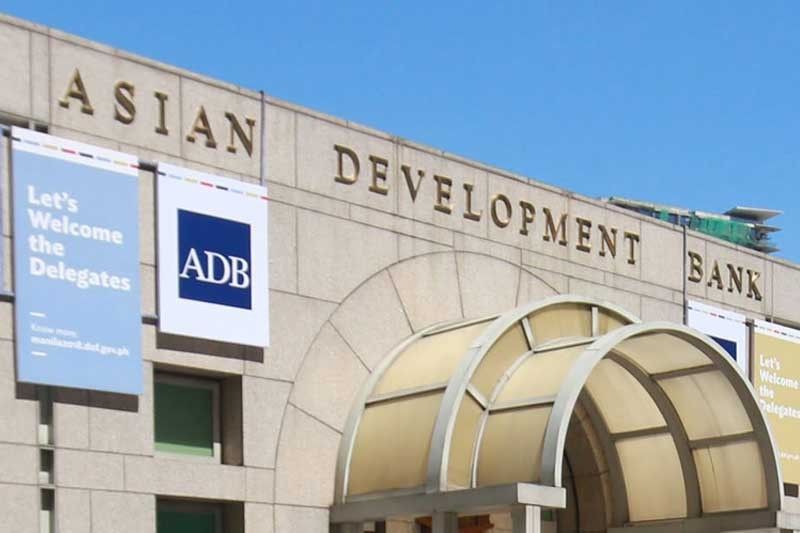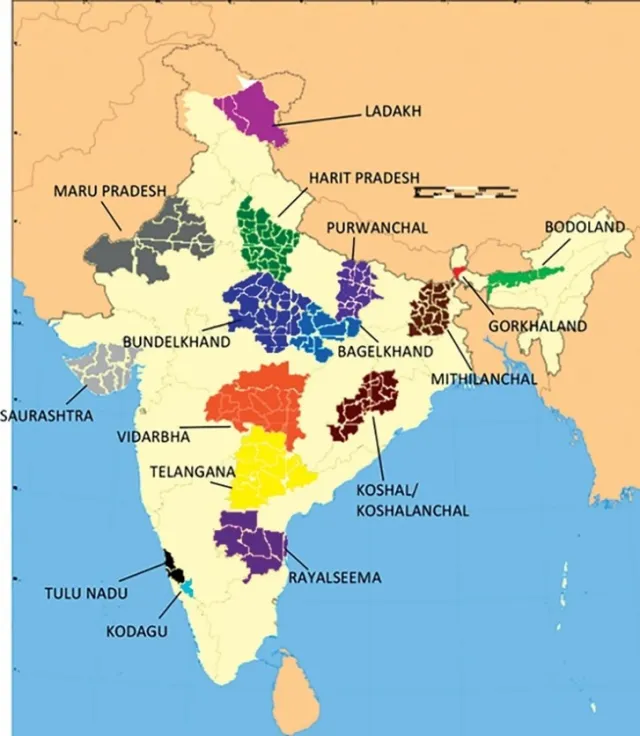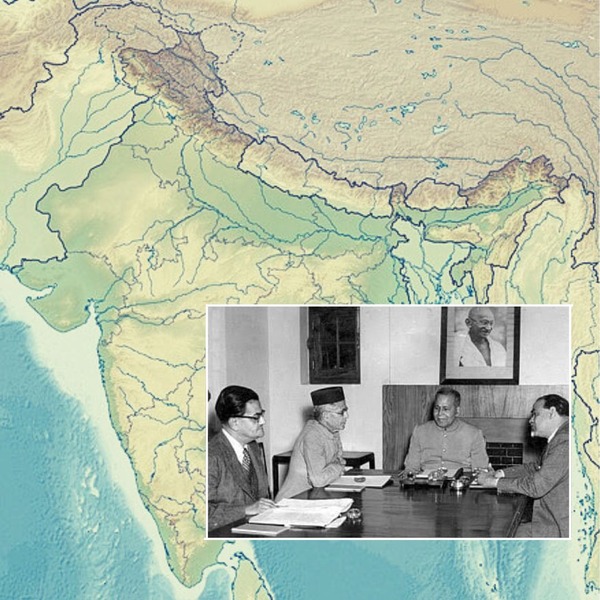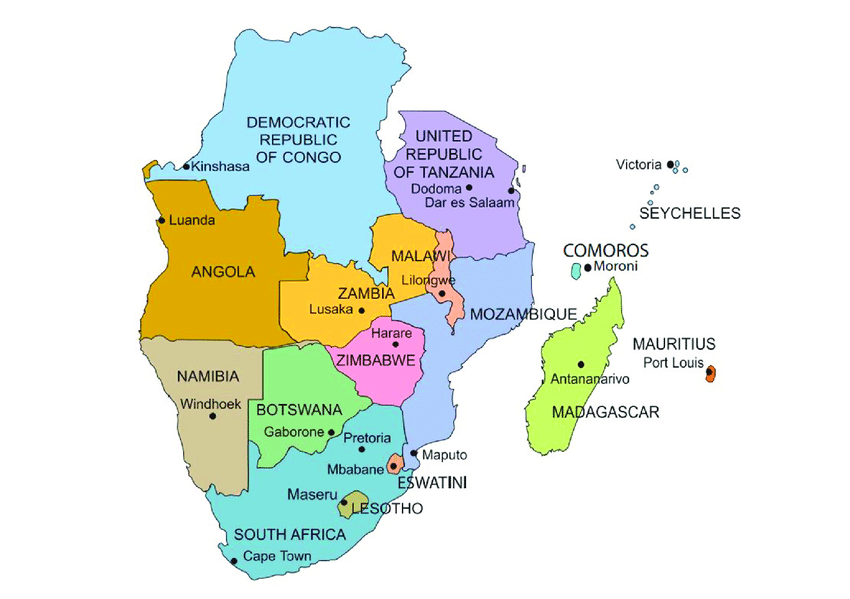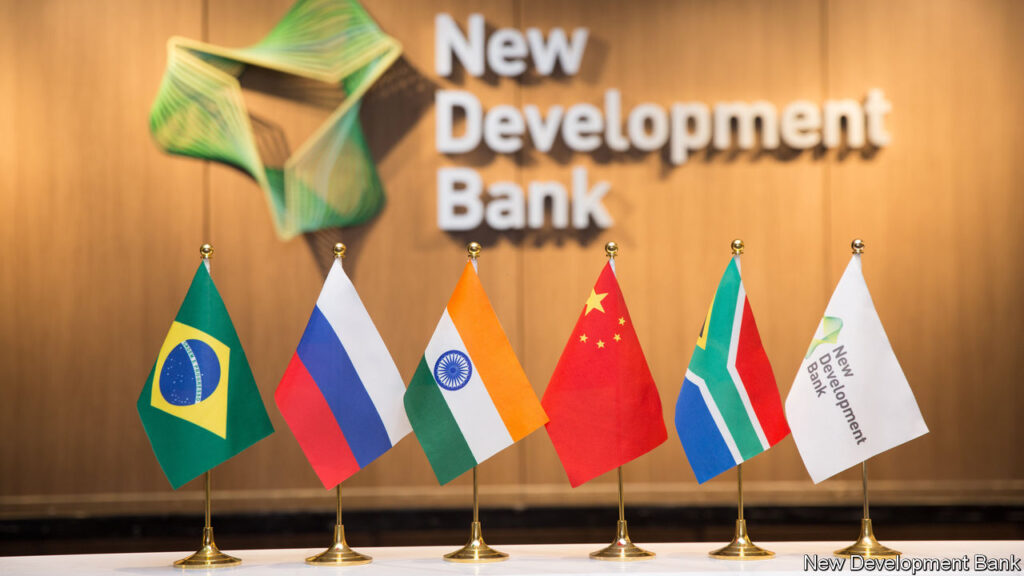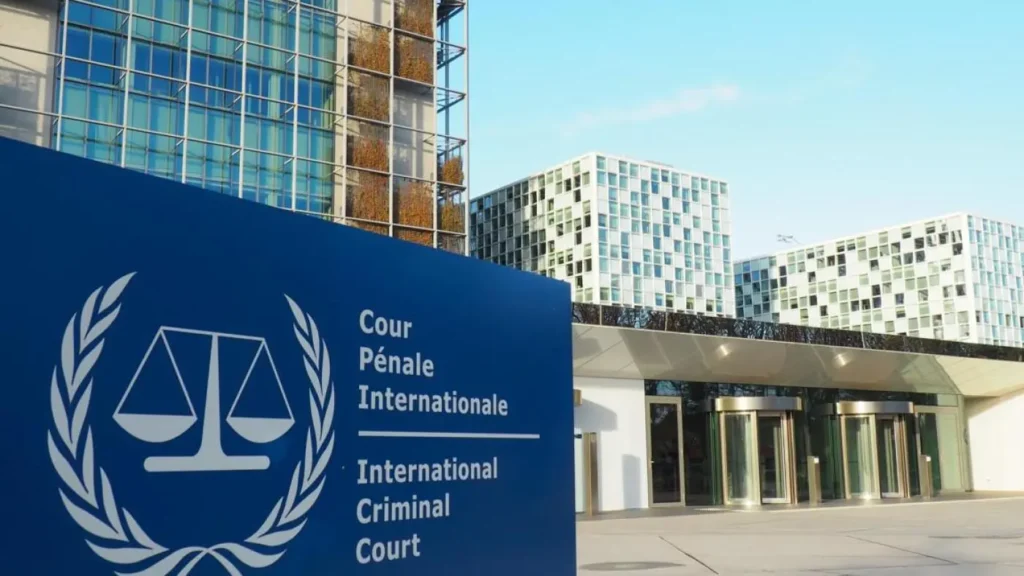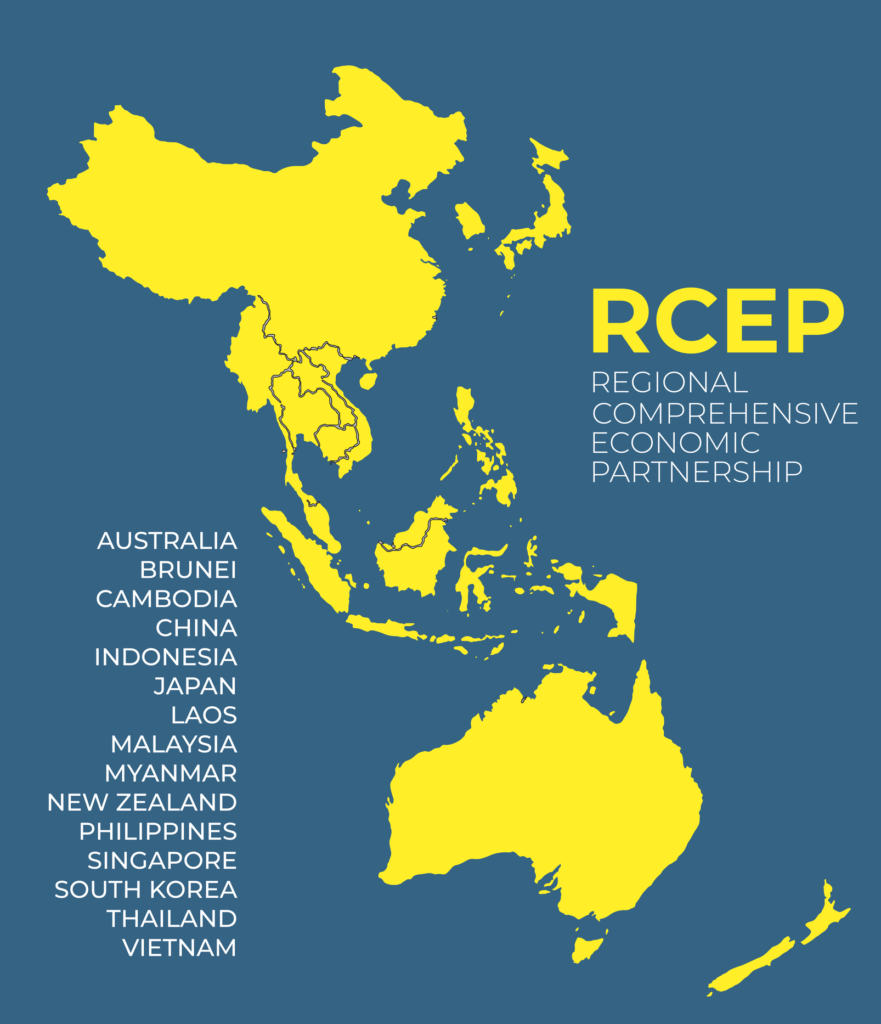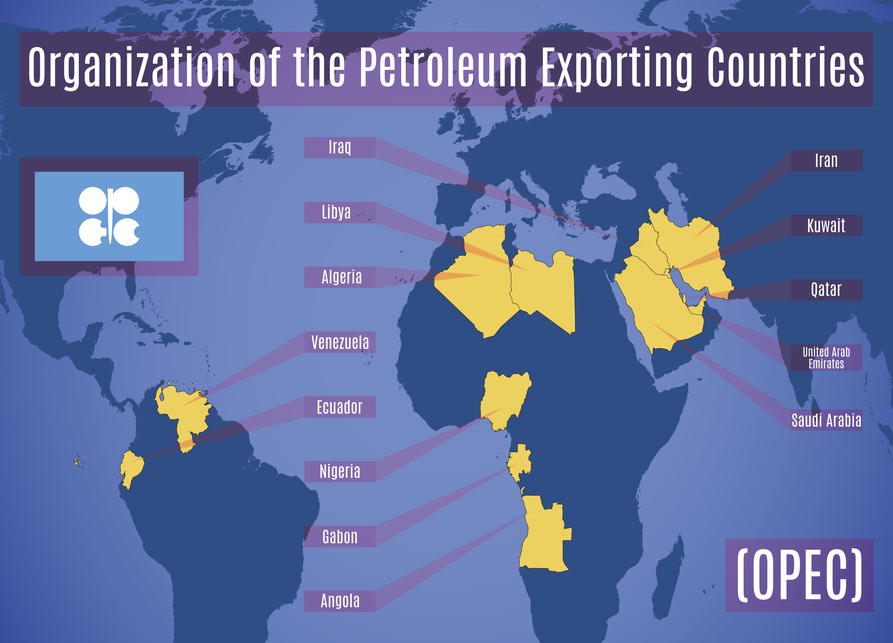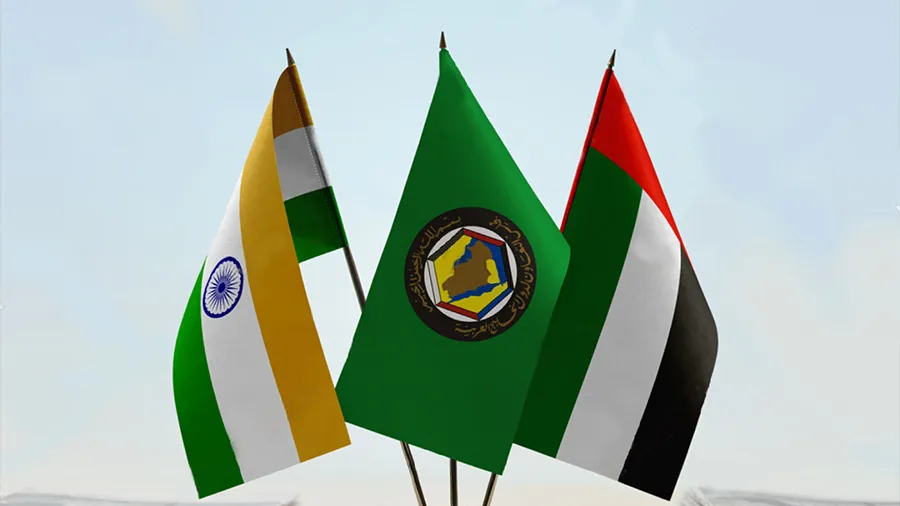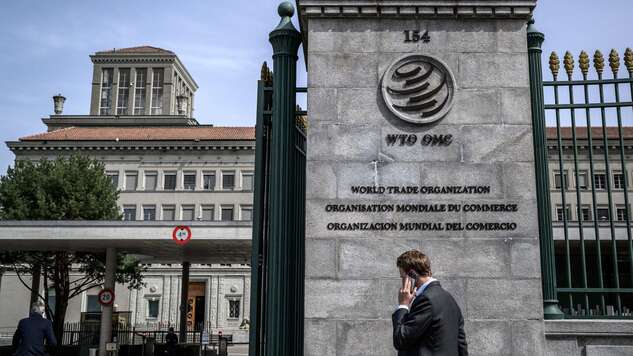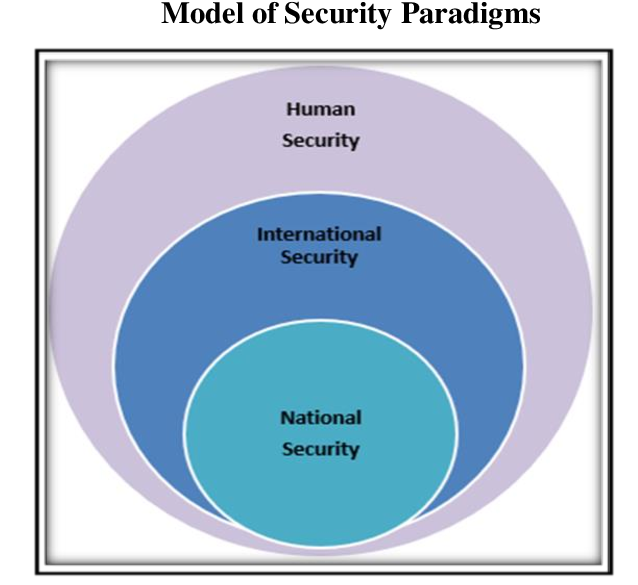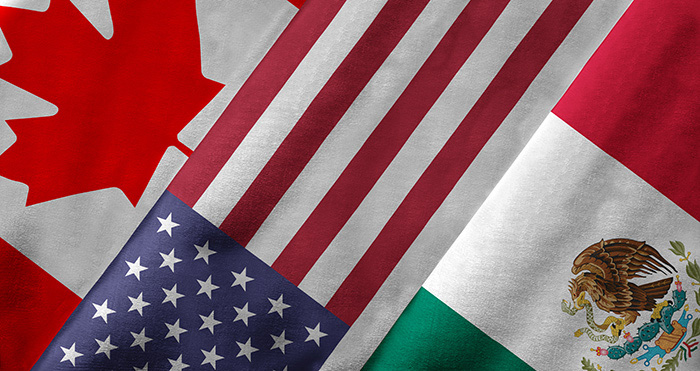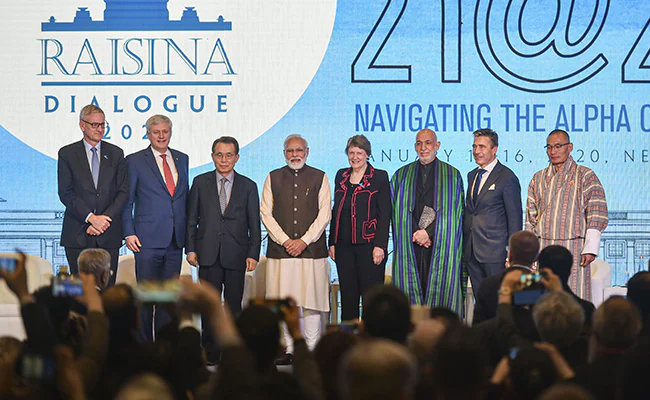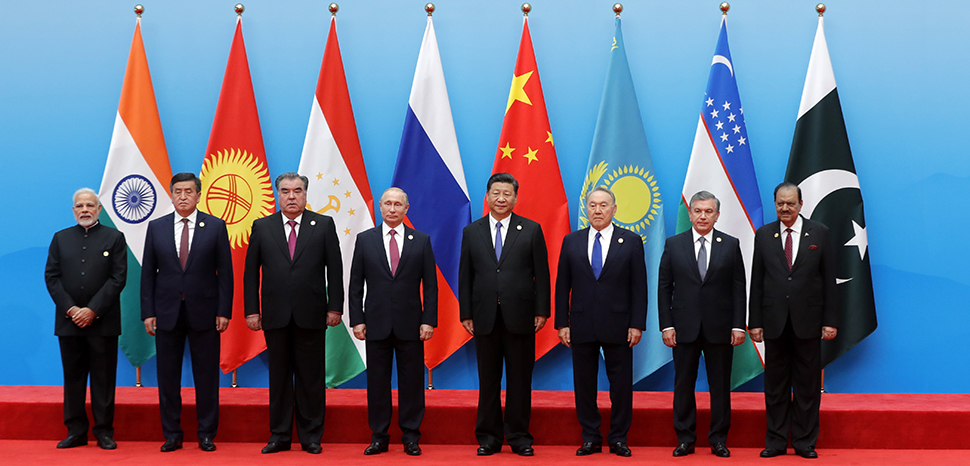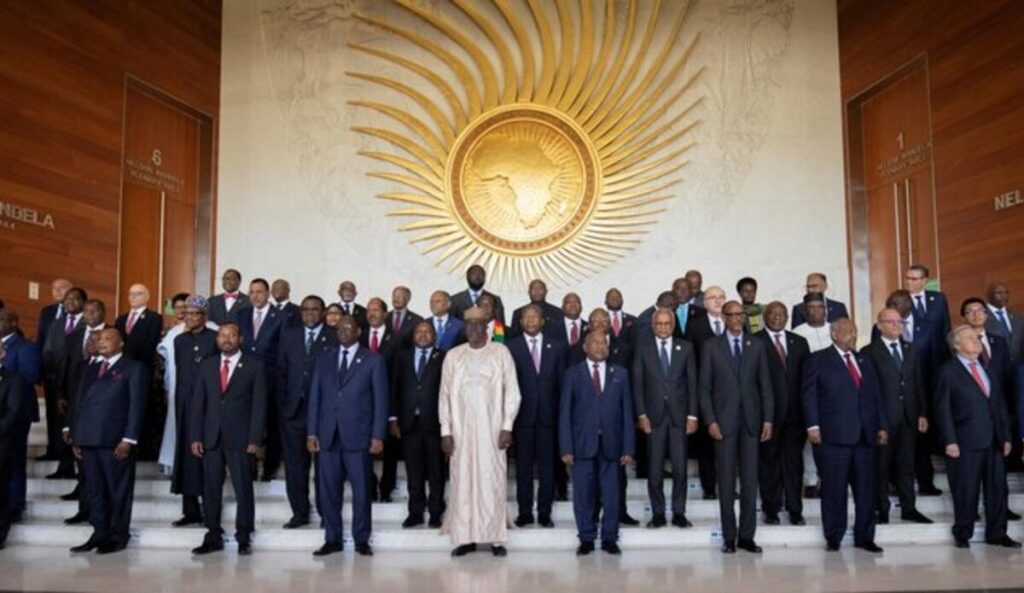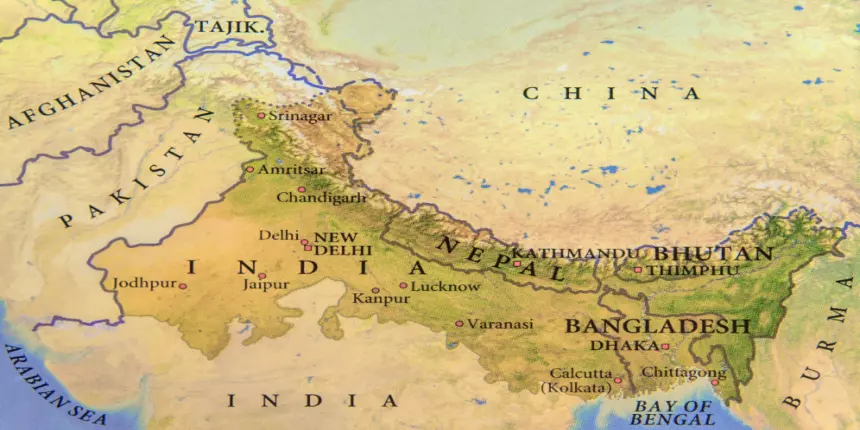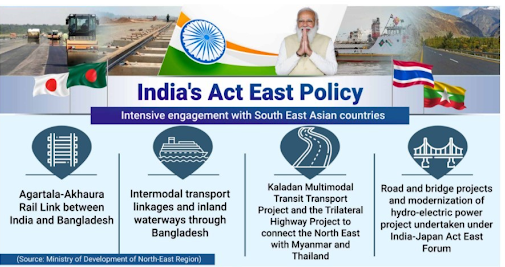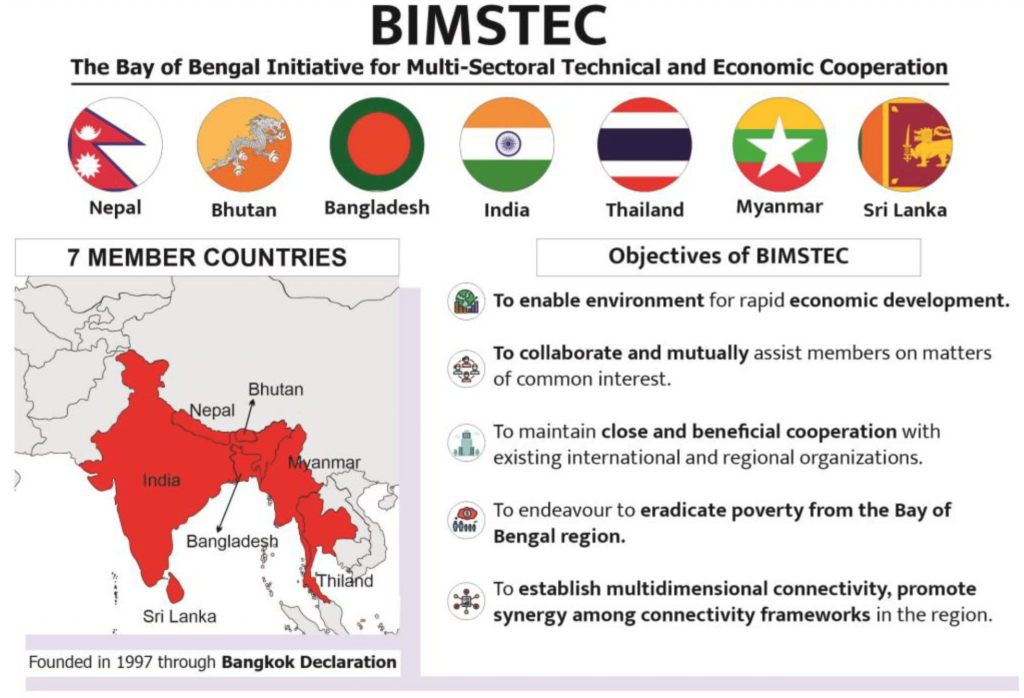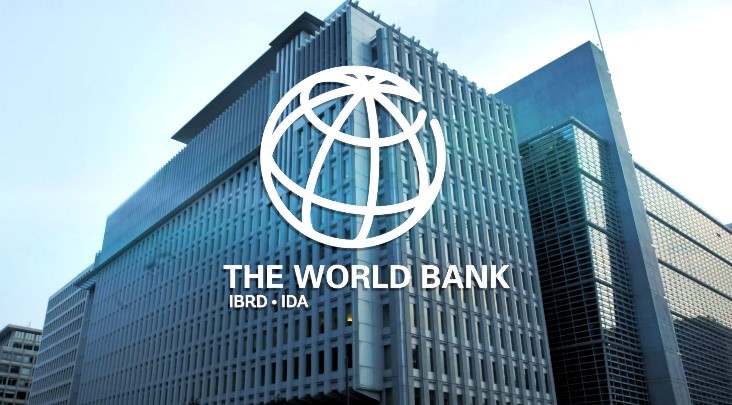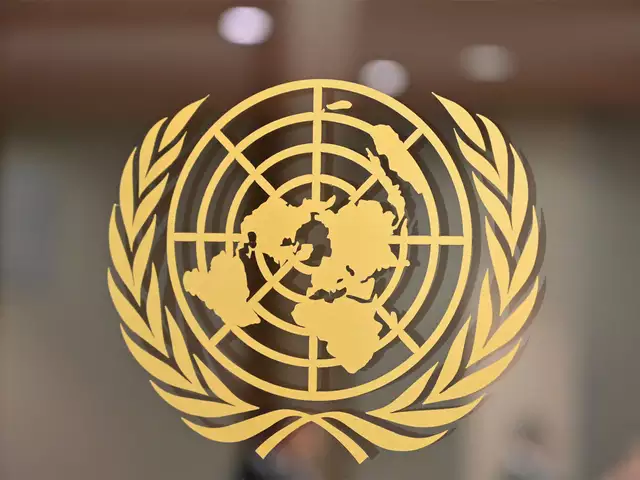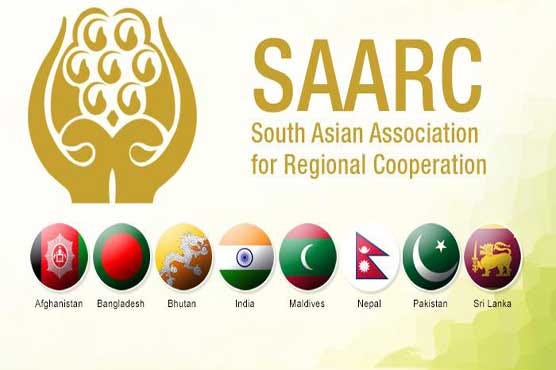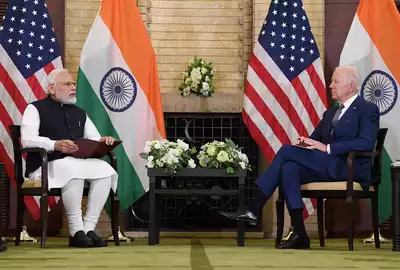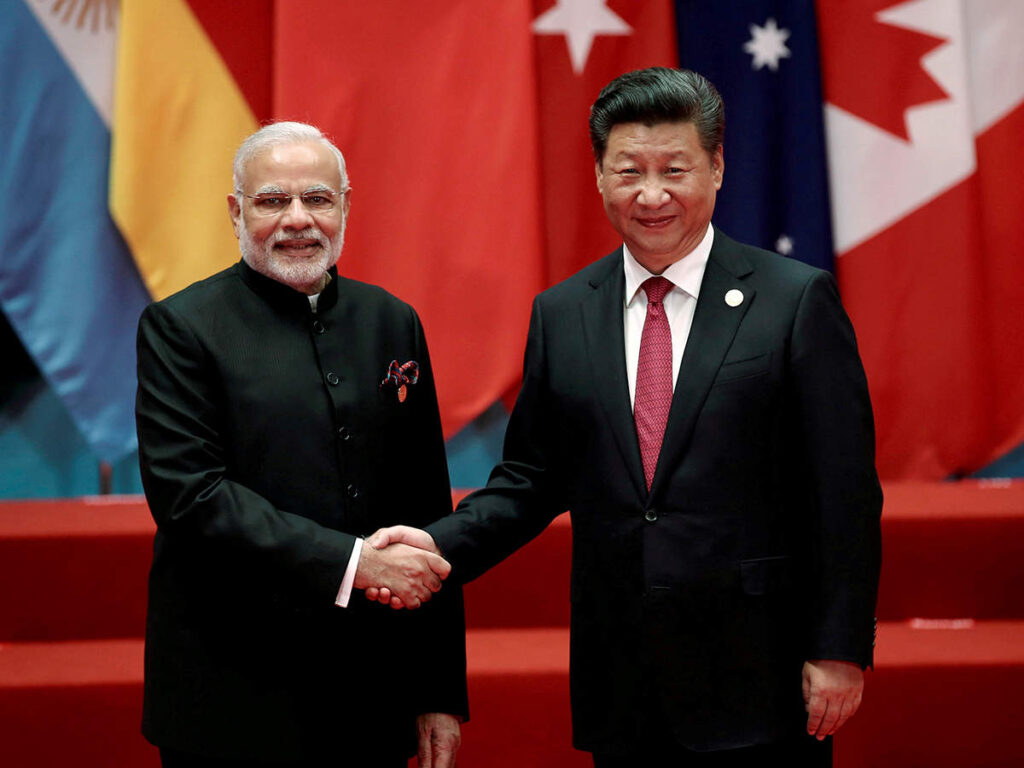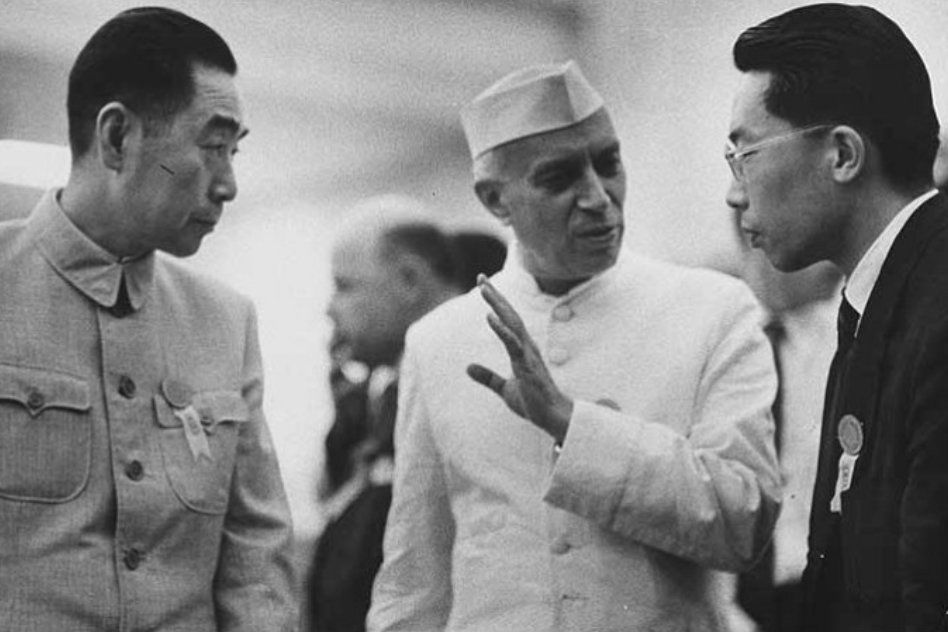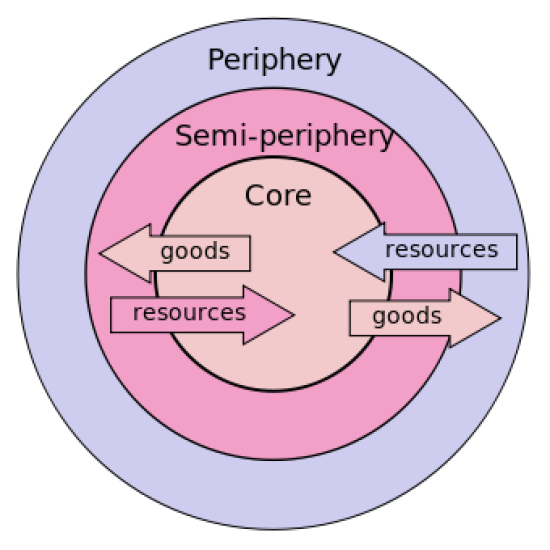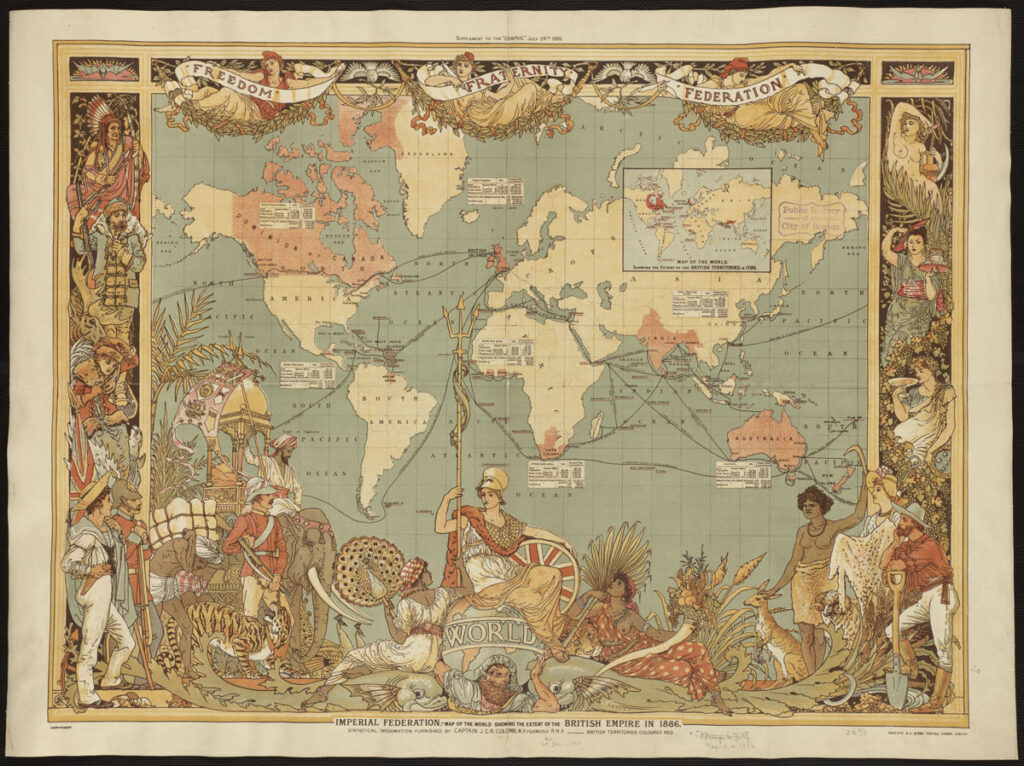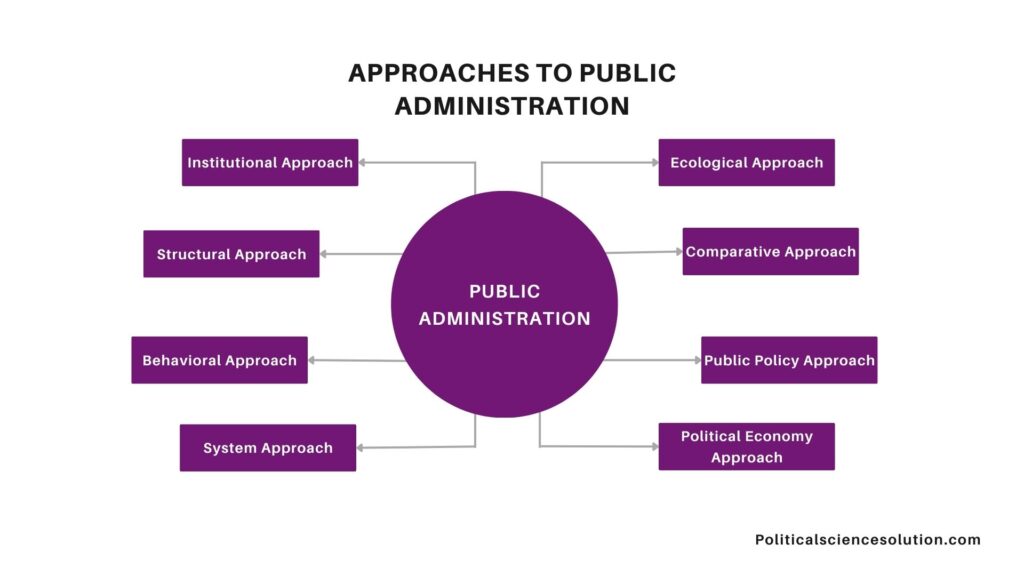Introduction
The Asian Development Bank (ADB) is a pivotal financial institution in Asia, dedicated to promoting economic growth and cooperation in one of the world’s most economically challenged regions. Established in 1966, the ADB has played a significant role in the development of Asia and the Pacific. In this blog post, we will delve into the history, structure, functions, and recent developments of the ADB.
History and Establishment
The ADB was conceived in 1966 as a regional development bank designed to be “Asian in character.” Its primary mission is to foster economic growth and cooperation among its member countries. It was a response to the pressing need for financial resources to support development projects in Asia, a region struggling with poverty and infrastructure deficits.
Headquarters and Membership
The ADB is headquartered in Manila, Philippines, strategically located in the heart of Asia. Currently, the bank boasts 68 member countries. What’s interesting is that the ADB isn’t confined solely to Asian and Pacific nations. It extends its membership to non-regional developed countries as well. Some of these non-regional member countries include Austria, Belgium, Canada, Denmark, the United States, the United Kingdom, France, Italy, Germany, and more.
Observer Status in the United Nations
The ADB holds observer status in the United Nations, which allows it to participate in UN activities, attend meetings, and contribute to discussions on global economic and development issues. This status underlines the ADB’s importance in the international community.
Financial Structure
The ADB’s financial structure is influenced by its model, closely resembling that of the World Bank. It employs a weighted voting system, where member countries’ voting power is proportionate to their capital subscriptions.
Functions and Operations
The ADB plays a multifaceted role in assisting its member countries and partners. It provides financial products such as loans, technical assistance, grants, and equity investments to promote social and economic development. These efforts are focused on various sectors and are delivered through public and private sector operations, advisory services, and knowledge support.
ADB finances projects through four main channels:
- Public sector (sovereign) financing: This involves financial products for developing member country governments and public sector entities.
- Private sector (non-sovereign) financing: The ADB directly supports private sector projects through financial assistance.
- ADB funds and resources: The bank funds activities across multiple sectors through loans and grants, utilizing ordinary capital resources as well as special and trust funds.
- Co-financing partnerships: The ADB collaborates with multilateral, bilateral, and private institutions, as well as commercial finance institutions, to finance development projects in the region.
Strategy 2030
The ADB’s Strategy 2030 outlines its course of action to respond effectively to the changing needs of Asia and the Pacific. This strategy is a comprehensive framework that guides the ADB’s work in the region.
Key Member Countries
Several countries play significant roles within the ADB. India, a founding member, is the fourth largest shareholder. As of December 31, 2020, Japan and the United States each held the largest proportion of shares at 15.571%, followed by China at 6.429%, India at 6.317%, and Australia at 5.773%.
Recent Developments
In February 2023, the ADB committed up to $25 billion for the next five years to fund India’s infrastructure creation under the PM Gati Shakti initiative, social development, and climate action. This initiative aims to help India meet its priority development needs and further strengthens the ADB’s commitment to the region.
Conclusion
The Asian Development Bank stands as a significant force for development, growth, and cooperation in Asia and the Pacific. Its history, structure, and functions all align to make it a vital institution in the region, enabling countries to tackle their development challenges and work towards a brighter future. The recent commitment to India’s development is just one example of how the ADB continues to play a crucial role in the region’s progress.
